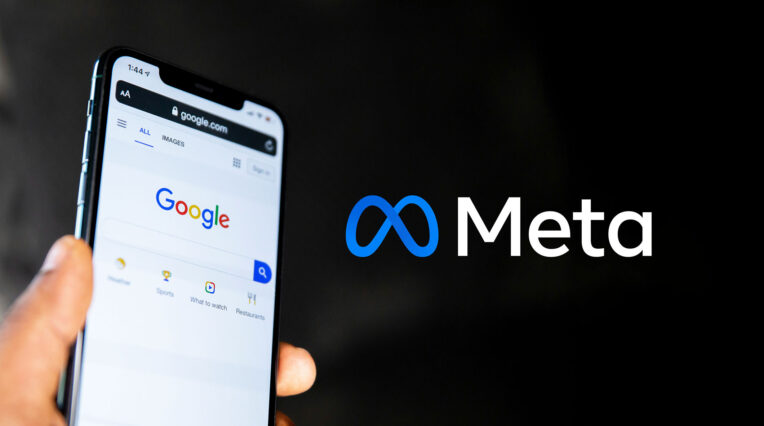Creative Marketing | 27/03/2019
Part three: The power of storytelling – how to create powerful stories

In the final part of our storytelling trilogy, we’re looking at how interesting, informative and attention-grabbing blogs, videos and landing pages can turn your website into a destination. A destination that keeps current customers engaged with regular, quality content and nurtures new visitors to your website, with the goal of converting them.
With the power of storytelling, you can speak to your customers on a more personal level and address the problem or need that is ultimately driving them to your business but without the brute force approach of traditional ads. You can, in essence, put yourself in their shoes.
With web content to write, videos to record and social media posts to craft, you’re going to need to stay organised to ensure you are putting out regular content that is of a consistently high quality. That’s where a content calendar is invaluable.
Creating your content calendar
Here are the six steps you need to follow to create your content calendar:
Step 1 – determine your style and choose your topics
Get a clear idea of your brand persona so you can use a consistent tone throughout your content, whether it’s professional, subversive, cheeky, casual, etc. Then brainstorm the areas you want to cover, such as key topics in your industry and related fields and subjects your target audience are interested in.
Step 2 – pick your channels
As we’ve already mentioned, in addition to your own website, there is a wealth of social media platforms where you can make your voice heard. Don’t try to cover them all, but rather pick the ones that your target audience are most likely to engage with.
Step 3 – decide on how often
Think about the resources you have before you commit to churning daily blogs, videos and social media posts. While you may want to do more, quality and consistency should come first. Decide how frequently you can realistically produce fresh content and stick to that schedule.
Step 4 – create your calendar
You don’t have to use any fancy software to create your calendar. A Google sheet shared with everyone involved in creating and posting your content is usually enough.
In general, you will need to include the following columns of data:
- Publication date
- Content creator
- Title
- Description
- Marketing goals
- Publication channel
- SEO keywords
- Calls-to-action (where appropriate)
- Status
- Notes (e.g. links to relevant resources)
Step 5 – get everyone up to speed
It’s going to be team effort to pull off everything you’ve listed in your content calendar. Make sure everyone in that team understands their role, what content they are responsible for, the tone and style you want to maintain across your content, as well as how to use the content calendar.
Step 6 – check it’s working
Is your content helping you achieve your marketing goals? Are you getting the levels of engagement you expected? Keep an eye on your analytics to see what content does well and what doesn’t. Then act on this data, changing your approach and content calendar accordingly. Also, take a look at what your competitors are doing so you can keep pushing forward with new ideas.
Want to find out more? Check out our guide ‘The power of storytelling’ where we share actionable tips and advice on how you can create stories that capture your audience.
If you’re looking to embark on a storytelling journey in order to connect with your audience and showcase your offering but aren’t sure how to execute a multi-channel strategy, we’d love to help. Give us a call on 01273 208913 or email us at hello@cobbdigital.com.





